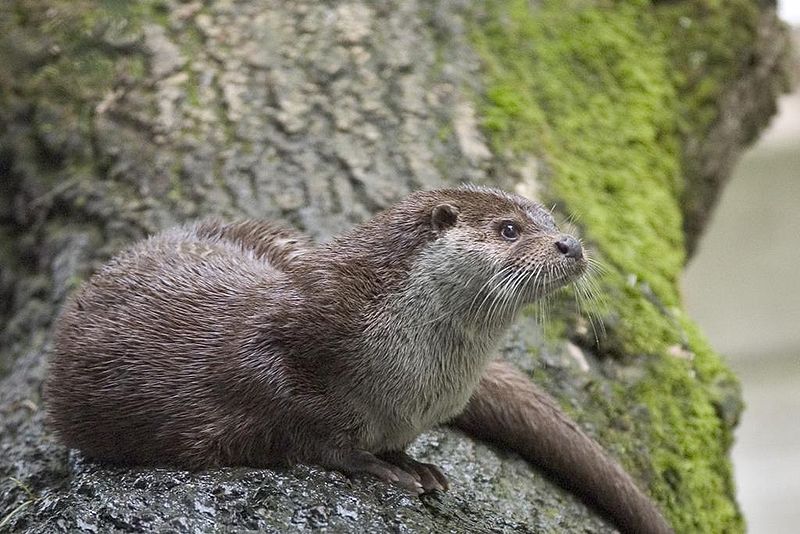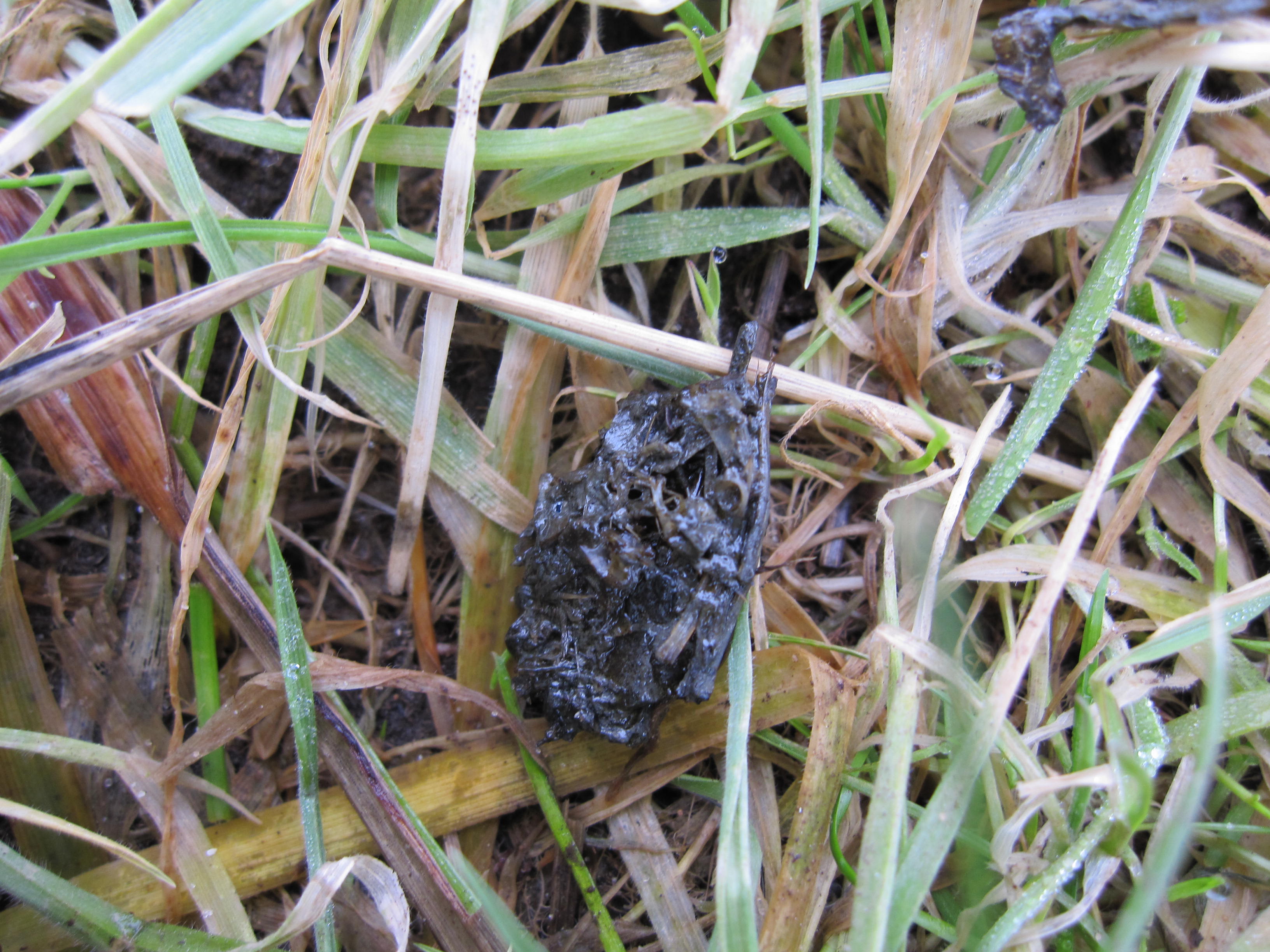Biodiversity
Related Links
Latest News
A Starring Role for Nantclwyd’s Lesser Horseshoe Bats
22.05.2015
Living Landscape Brought Back to Life
05.12.2014
More Information
Take a look at our project pages to find out more about what’s being done to conserve the otter in Denbighshire.
Facebook Page
European otter
The return of the otter is a conservation success story – having undergone drastic declines in the mid 20th Century, it has recovered to re-colonise much of its former range in the Britain. It is now found in every county of Wales.
 Description and identification: The European otter is the only otter native to the UK and belongs to the Mustelid family. Otters measure up to around 1m in Iength, with males being generally larger and heavier than females. They have sleek brown fur, webbed feet and a strong tail, making them fantastic swimmers.
Description and identification: The European otter is the only otter native to the UK and belongs to the Mustelid family. Otters measure up to around 1m in Iength, with males being generally larger and heavier than females. They have sleek brown fur, webbed feet and a strong tail, making them fantastic swimmers.
Habitat: Otters live in healthy, clean water systems including rivers, lakes and coastal areas, as well as ditches, streams and ponds.
Diet: The majority of the otter’s diet is made up of fish, with eels being particularly important. They also eat frogs and toads, invertebrates, birds and small mammals. Otters forage in both marine and freshwater habitats. Crabs are particularly eaten by young otters.

Ecology and reproduction: Otters are solitary animals, maintaining territories of up to 40km. Territories are marked by ‘spraints’ (droppings) which contain olfactory signals to other otters. Otters are mainly nocturnal. They live in ‘holts’, which can be natural holes, under tree roots or in dense vegetation. Holts are used for breeding and shelter. Additional sites are used for ‘lying up’ or resting. Otters can breed at any time of year, with females giving birth to a litter of one to three pups.
Distribution: European (or Eurasian) otters are widespread, being found in Europe, Russia, the Middle East and parts of Asia. In Britain, otters are most numerous in Scotland, Wales and the South West, but have now been recorded breeding in all counties apart from Kent. In Denbighshire, otters are found in coastal and inland areas.
Threats: When the otter population crashed in the 1950s, one of the main reasons was the use of organocholrine pesticides, which built up in the food chain, poisoning otters. The banning of such chemicals and the clean-up of rivers has allowed the otter population in Britain to recover. However, otters remain sensitive to modifications of their habitat and pollution. Another threat is road traffic accidents.
Status: The otter is listed as Near Threatened on the IUCN Red List. It is protected under UK and European law and is a priority species for conservation action at a UK, Wales and Denbighshire level. The otter is also a reason for the designation of the River Dee as a Special Area of Conservation.



